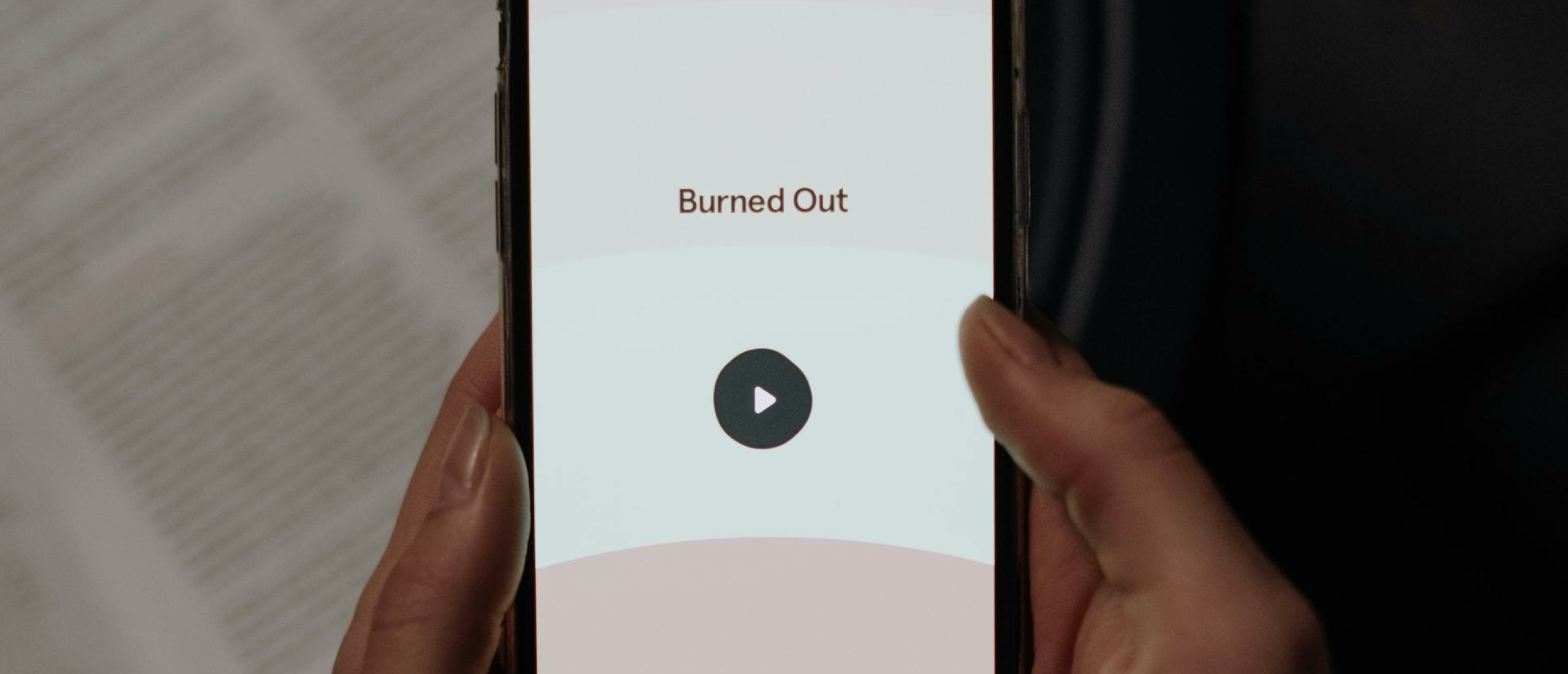
Modern work offers flexibility and opportunity — but also constant demands, high expectations, and limited recovery time.
Workplace stress doesn’t always appear as burnout or sick leave. It often starts quietly: tension, fatigue, difficulty focusing, or losing motivation.
The good news? Once you recognize the early signs and underlying causes, you can take practical steps to protect both health and performance.
This hub brings together research-based insights and real-world strategies for reducing workplace stress — for professionals, managers, and organizations alike.
1. Recognizing Workplace Stress Early
Spotting the warning signs early can prevent bigger problems later.
These articles explain what to look for — in yourself or your team:
🔗 Early Signs of Workplace Stress: How to Recognize and Prevent Bigger Problems
How subtle behavioral and cognitive changes often precede burnout.
🔗 Why Teaching Is in the Top Three of Most Stressful Occupations — and What Can Be Done About It
A case study of one of the most demanding professions — and what it teaches us about stress management in other fields.
2. Understanding the Real Causes
Workplace stress rarely comes from one factor. It’s often a mix of overload, role conflict, and lack of control.
🔗 Conflicting Priorities at Work: Why It Happens and How to Regain Clarity
How mental clutter and competing demands drain focus — and how to restore clarity.
🔗 Overwhelmed at Work? Learn How to Delegate Without Losing Control
Why letting go is essential to reduce chronic overload without sacrificing quality.
🔗 The Cost of Stress in the Workplace: How It Hurts Productivity and What You Can Do About It
Data on how stress affects concentration, absenteeism, and team performance.
3. Building Resilience and Healthy Habits
Small, consistent habits protect against chronic stress far better than occasional fixes.
🔗 Building Resilience at Work: Simple Habits That Protect Against Stress
How daily micro-actions strengthen psychological and physical recovery.
🔗 How to Build Healthy Habits That Last (and Protect Yourself Against Stress)
A framework for replacing unhealthy coping with sustainable routines.
4. Communication and Leadership
The way teams communicate — and how leaders respond — can amplify or reduce stress.
🔗 How to Talk About Stressful Behavior Without Damaging Relationships
Science-based strategies to address tension constructively.
🔗 Leadership and Stress: How Managers Shape Employee Well-Being
How leadership style, empathy, and fairness influence workplace stress levels.
5. Creating a Low-Stress Company Culture
Reducing stress isn’t just about individuals — it’s about the system.
Organizational norms, workloads, and communication patterns determine whether people thrive or burn out.
🔗 How to Build a Low-Stress Company Culture That Also Boosts Performance
Practical steps to balance productivity with employee well-being.
6. How strategies work together
You may have seen from this collection of articles that solutions to stress may require strategies that each work on a different level: strategies to reduce stress quickly, building resilience and changing the environement that causes stress.
🔗 Why Stress Advice Often Falls Short — Understanding the Limits of Common Approaches
7. Next Steps: From Insight to Action
Want to understand why these strategies work on a biological level?
Visit our science-based companion page:
👉 The Science of Stress: Causes, Effects, and How to Build Resilience
Or explore the Stressinsight Program for Professionals — combining course, community, and AI assistant for ongoing support.
💡 Discover your current stress level in two minutes — take the free Work Stress Survey and find out which factors push your stress higher.
FAQ
What are the most common causes of workplace stress?
Excessive workload, unclear expectations, poor communication, and lack of control.
How can managers reduce stress in their teams?
By setting realistic priorities, giving autonomy, and addressing problems early.
What are the early warning signs of burnout?
Persistent fatigue, irritability, withdrawal, and reduced focus or motivation.
How can I create a low-stress work culture?
Encourage open communication, fair workloads, and recovery time between intense periods.











